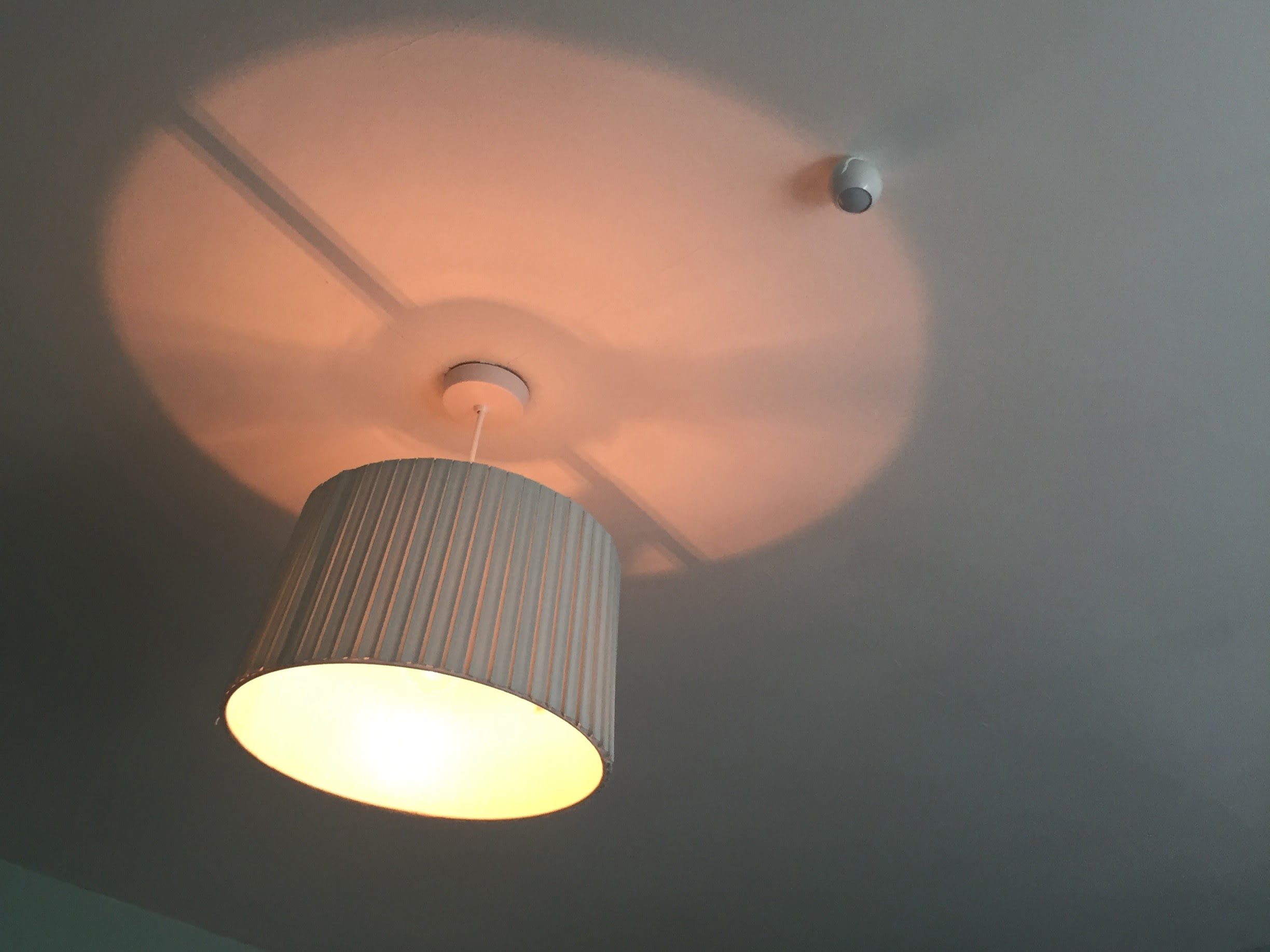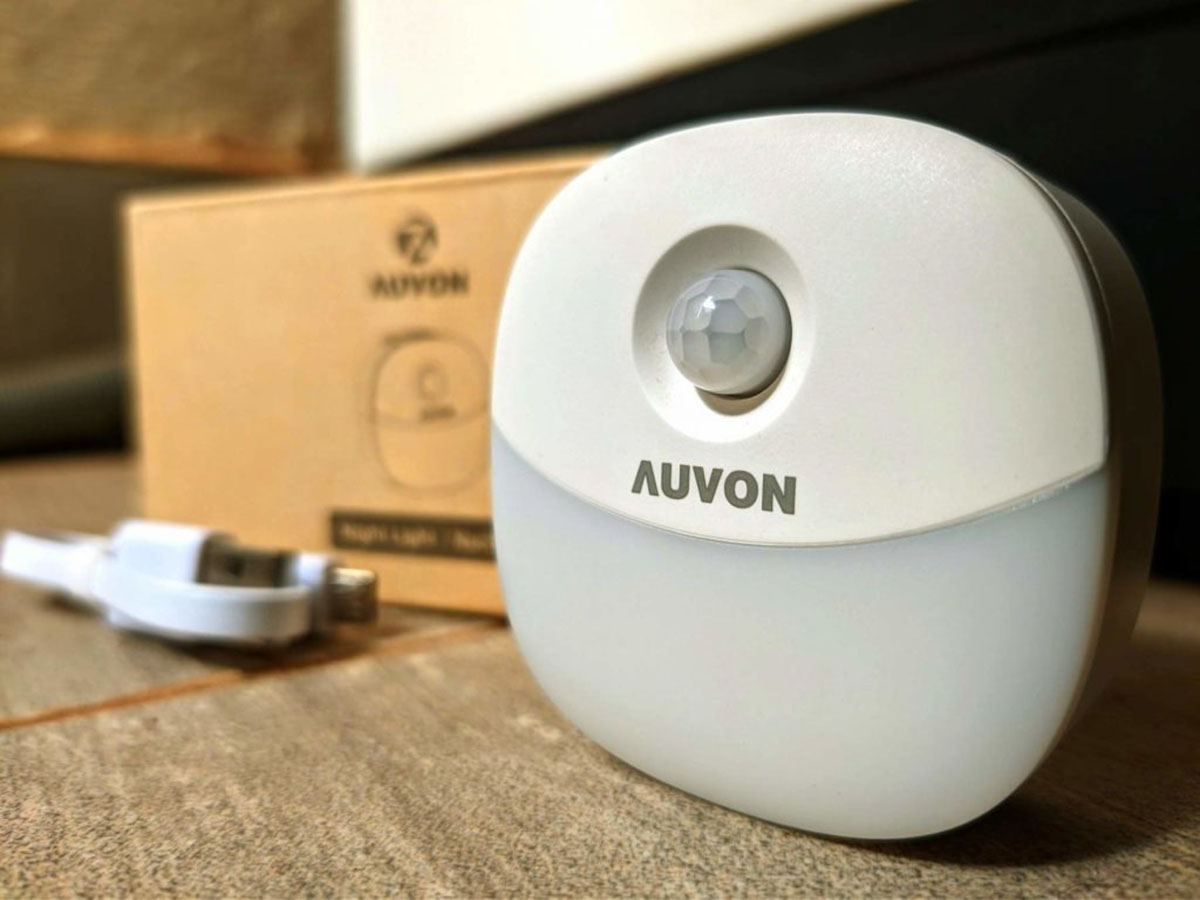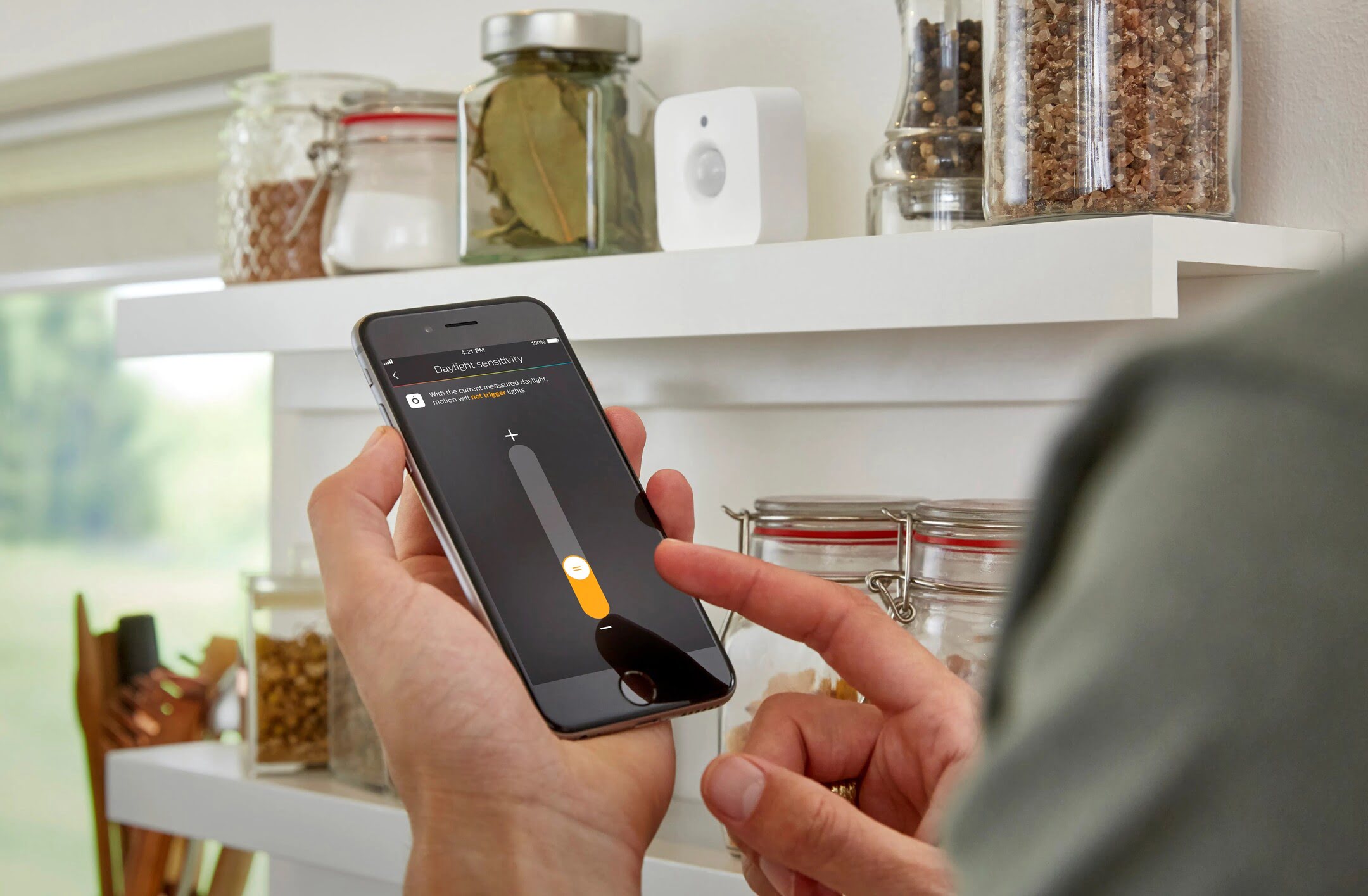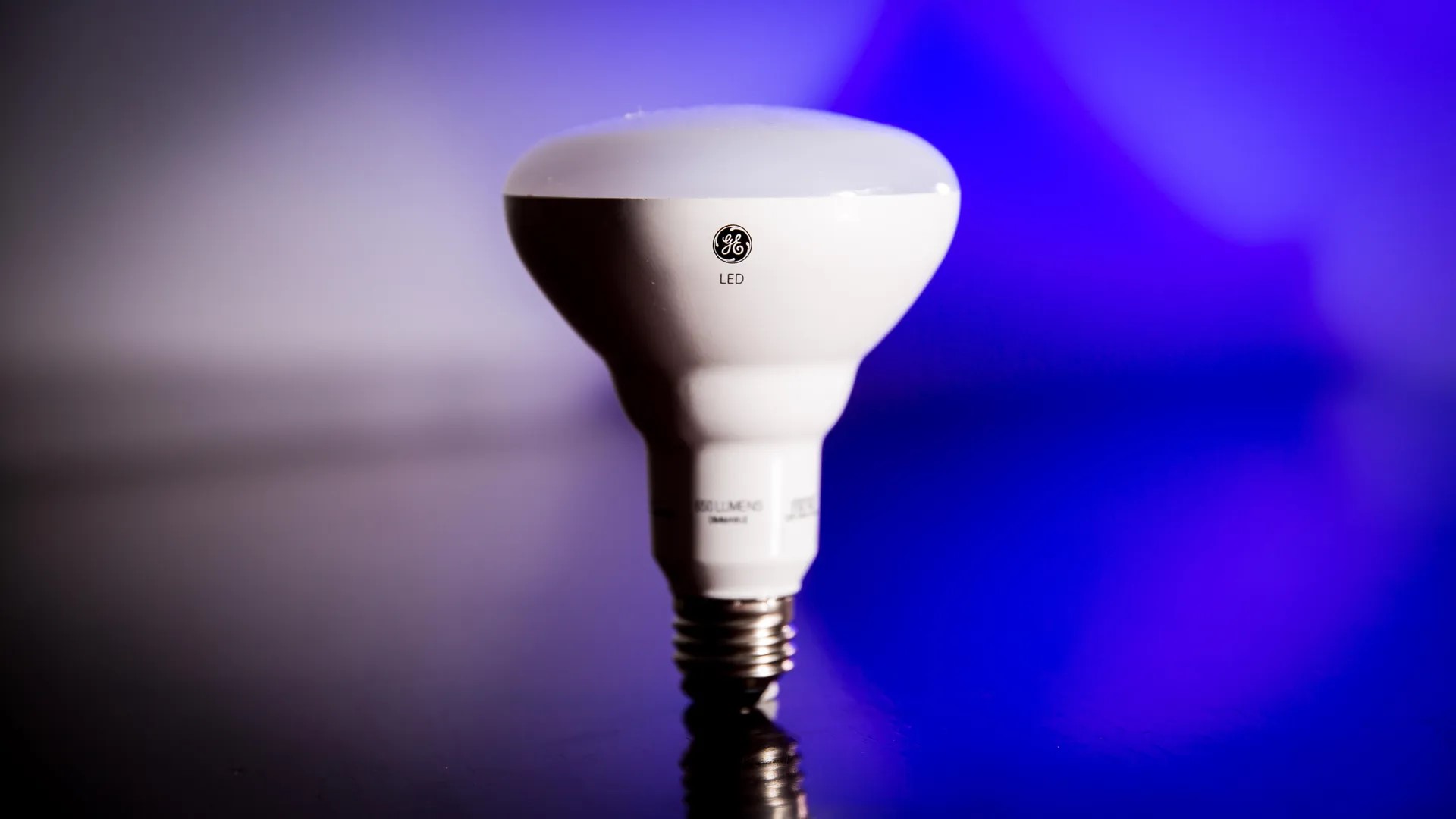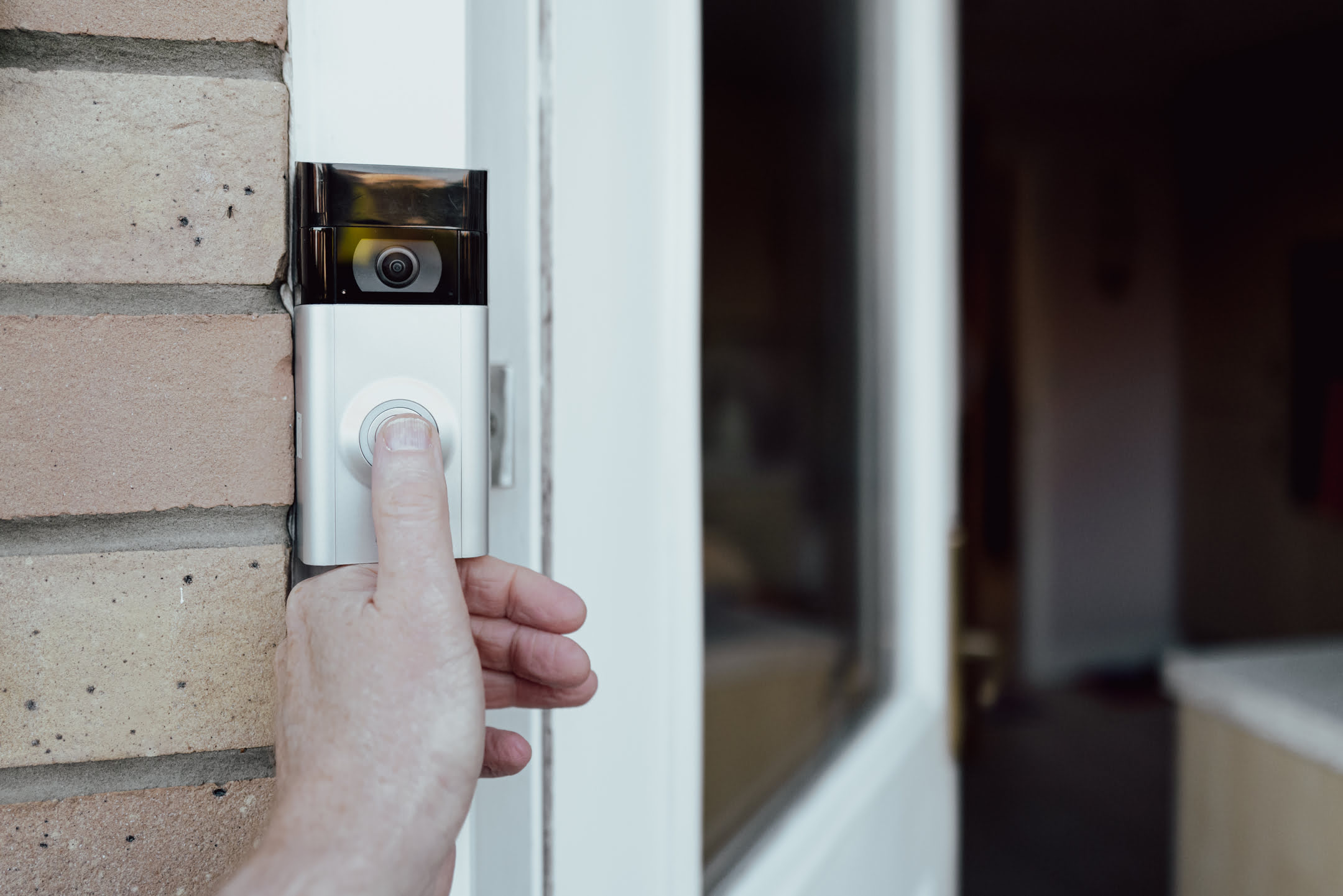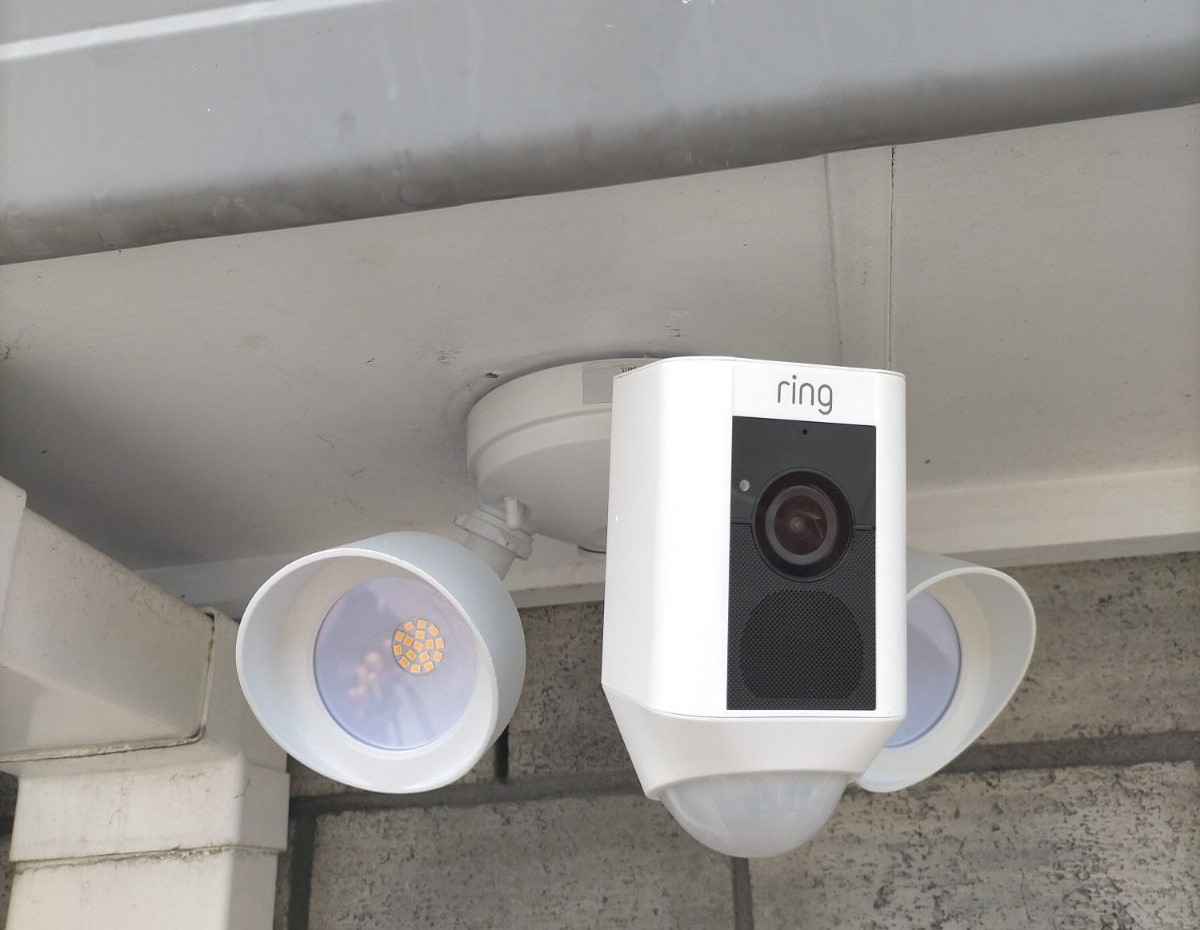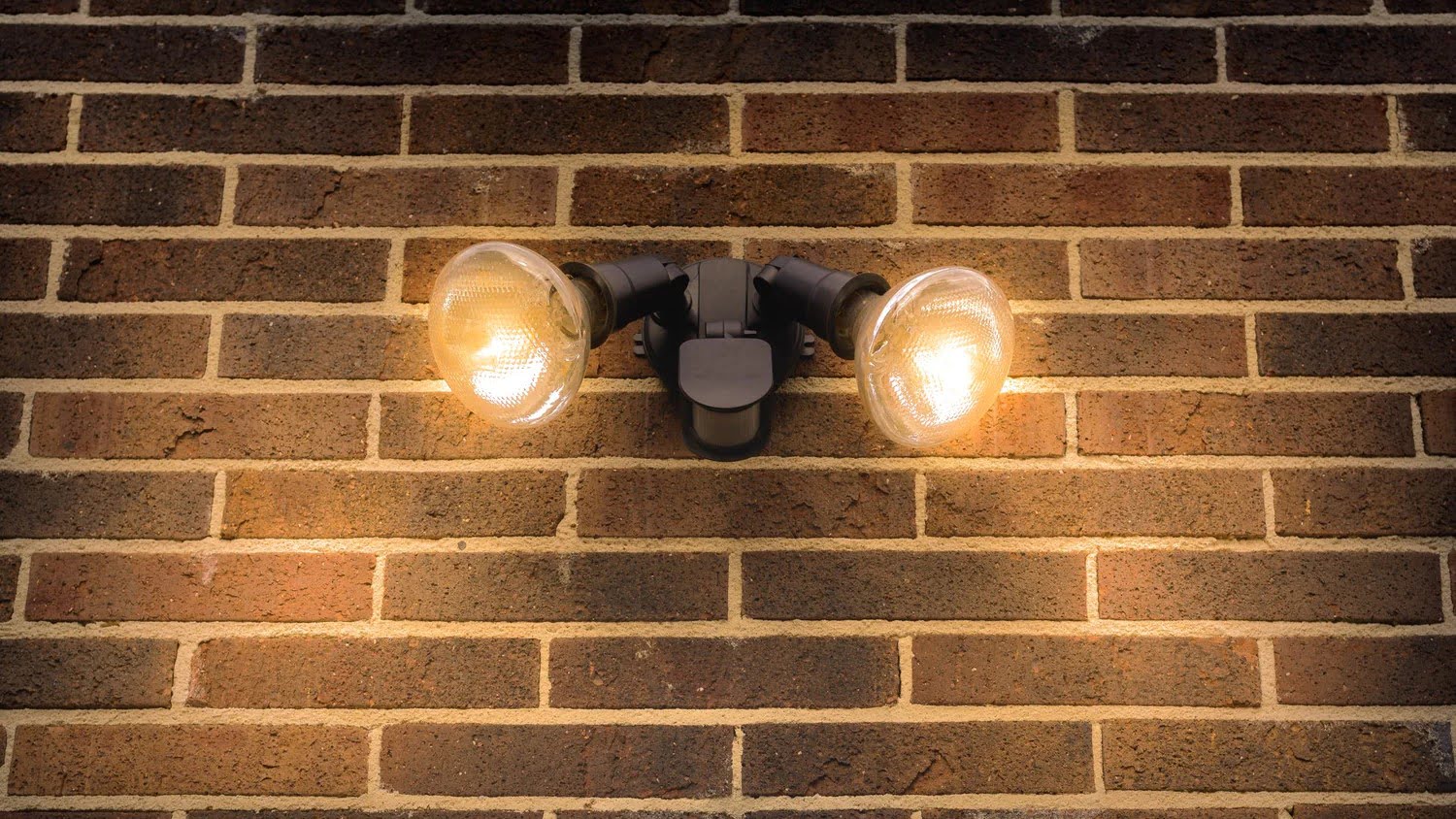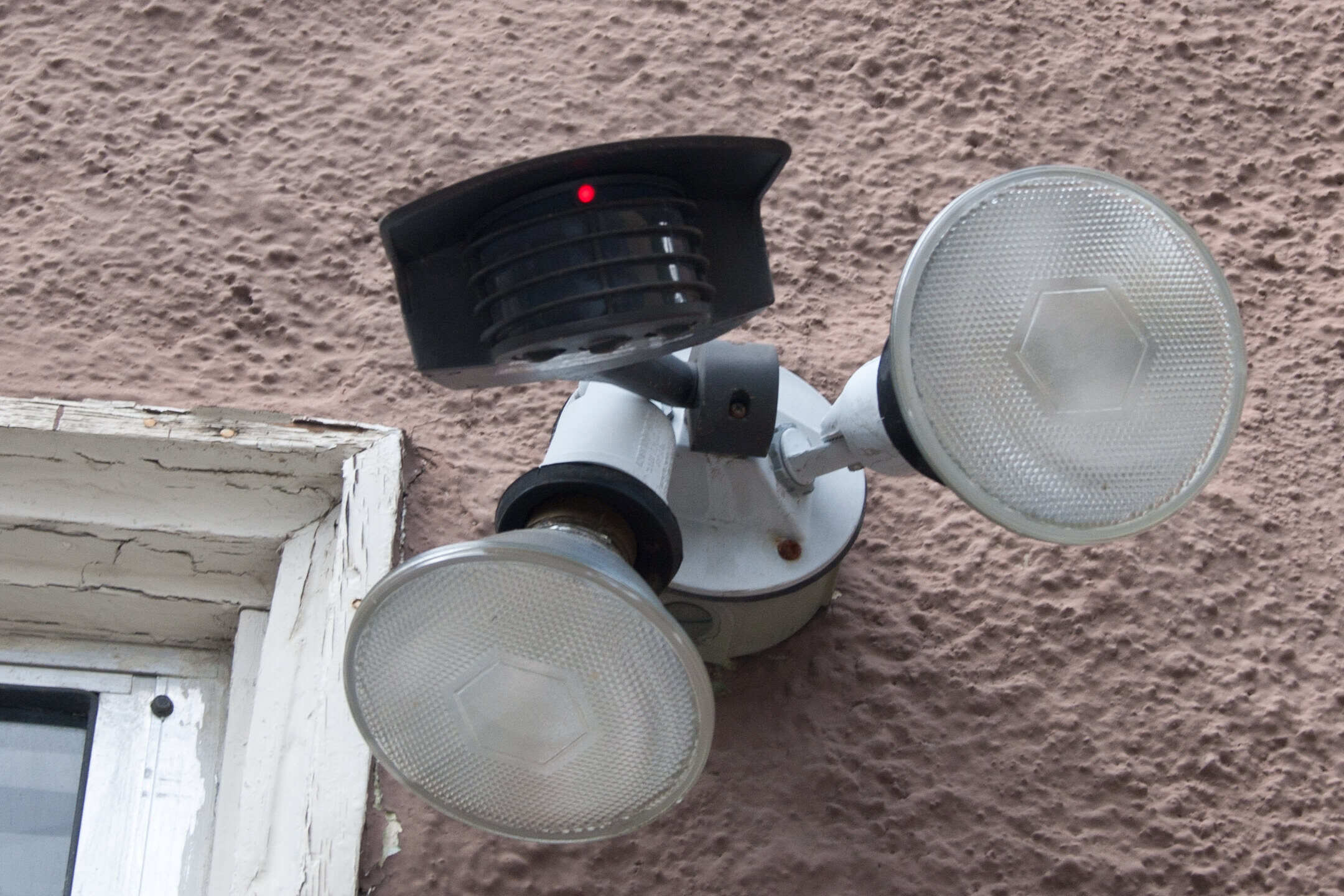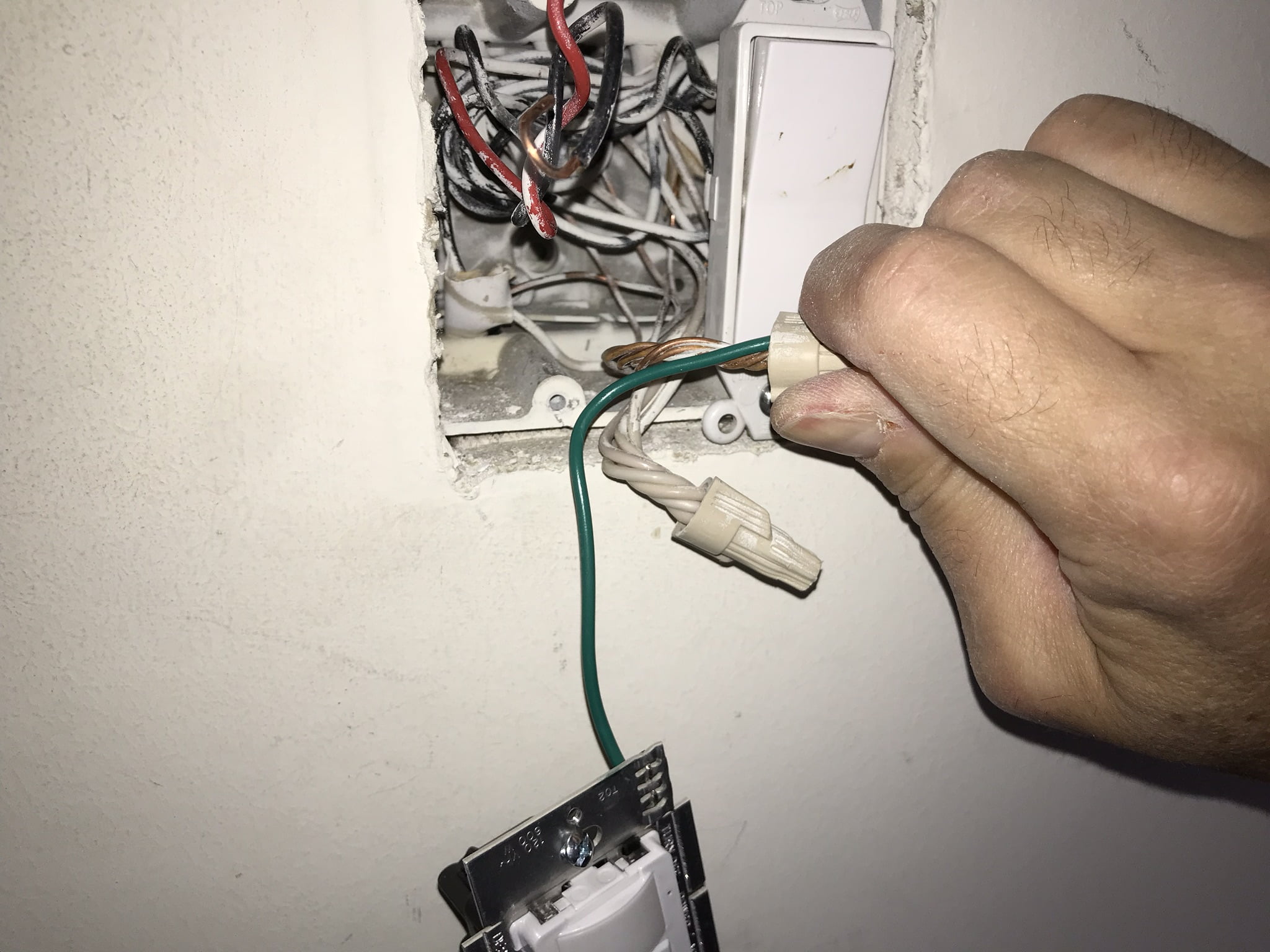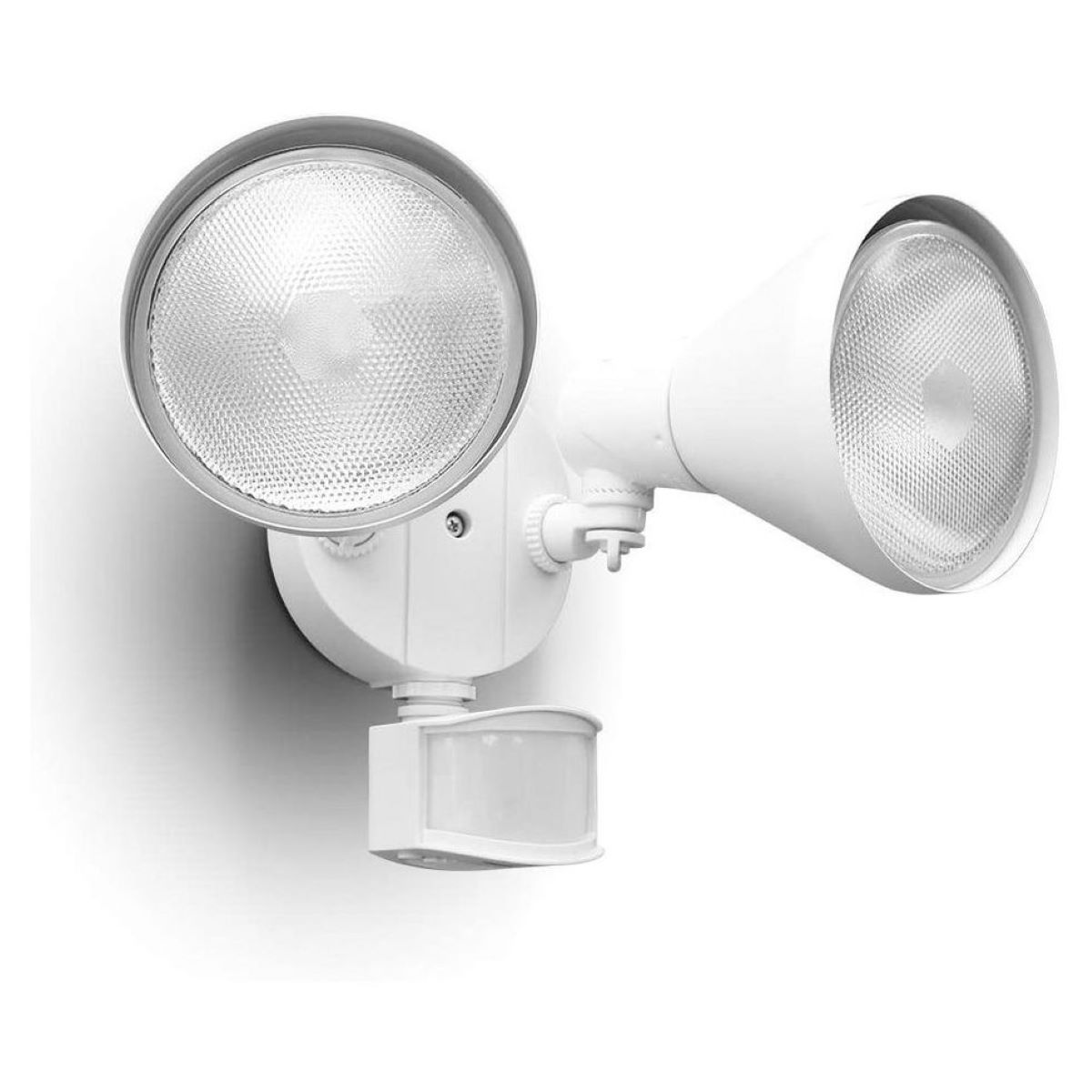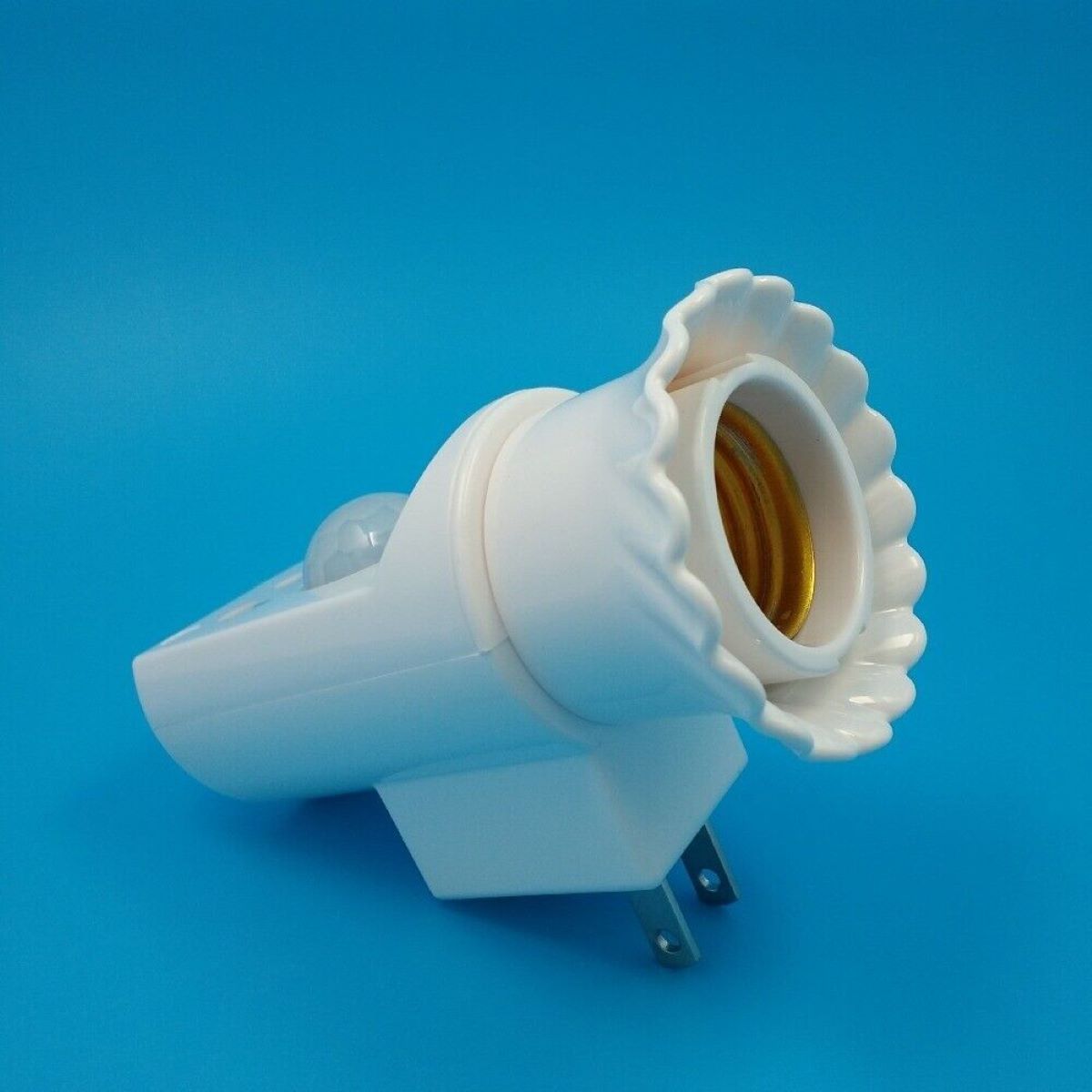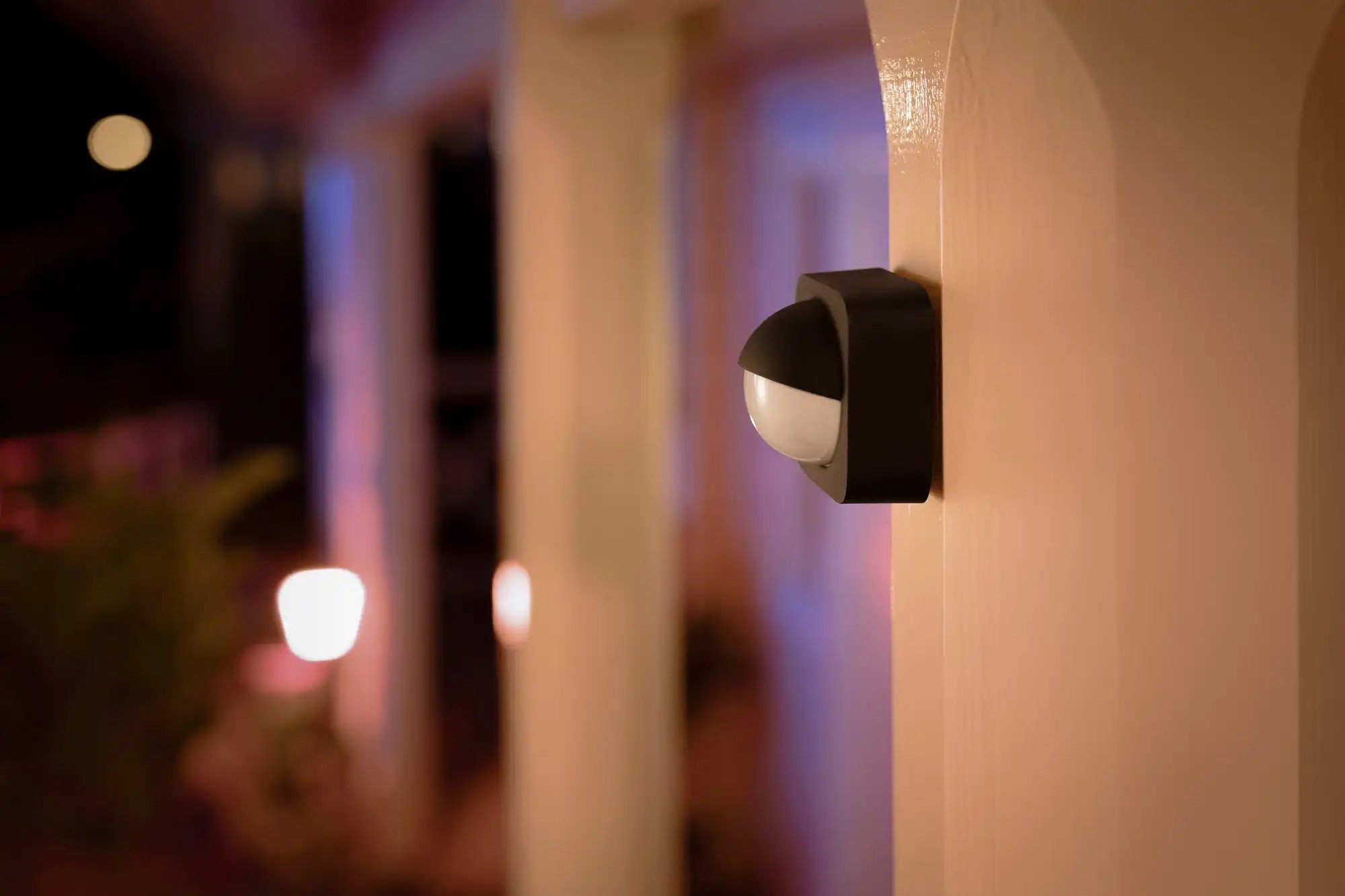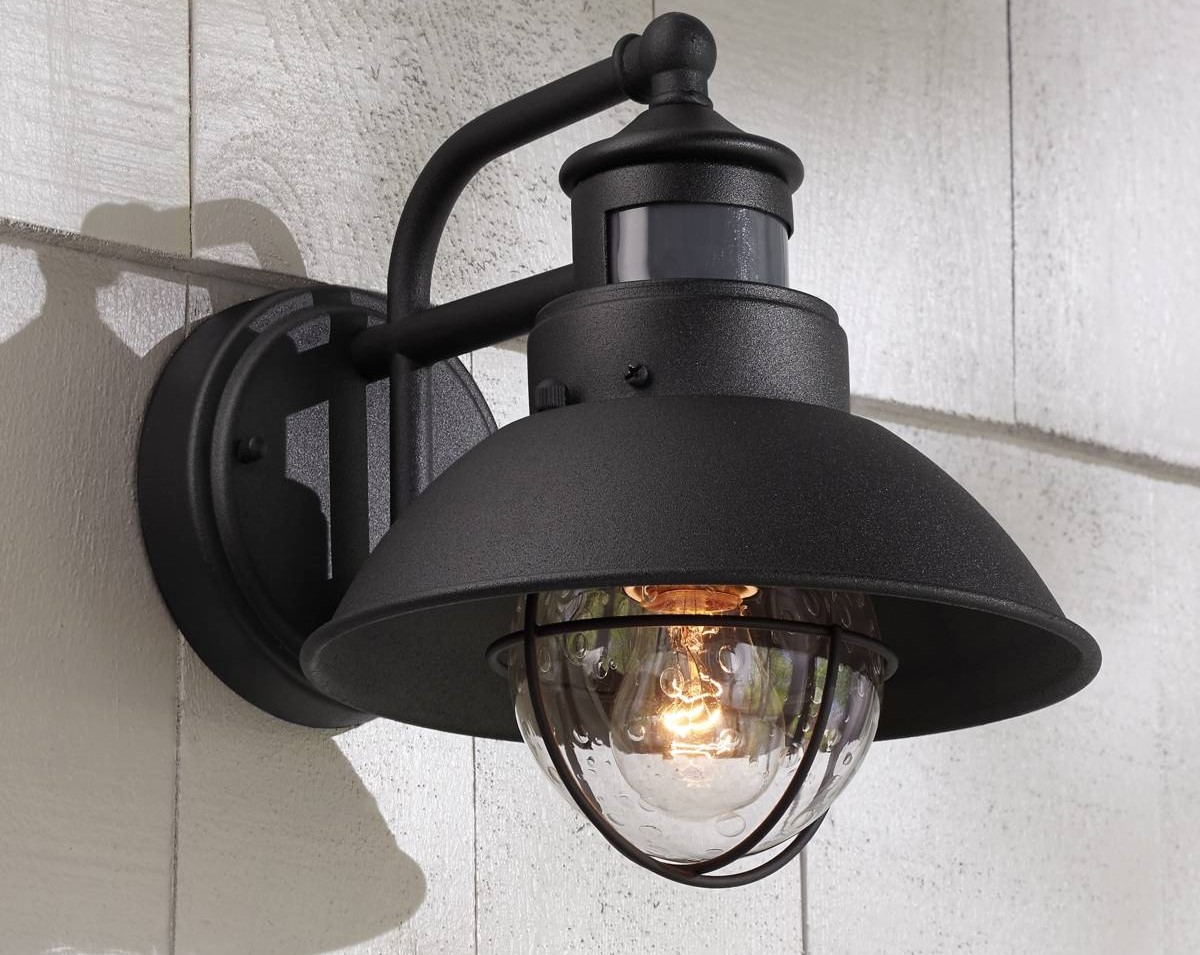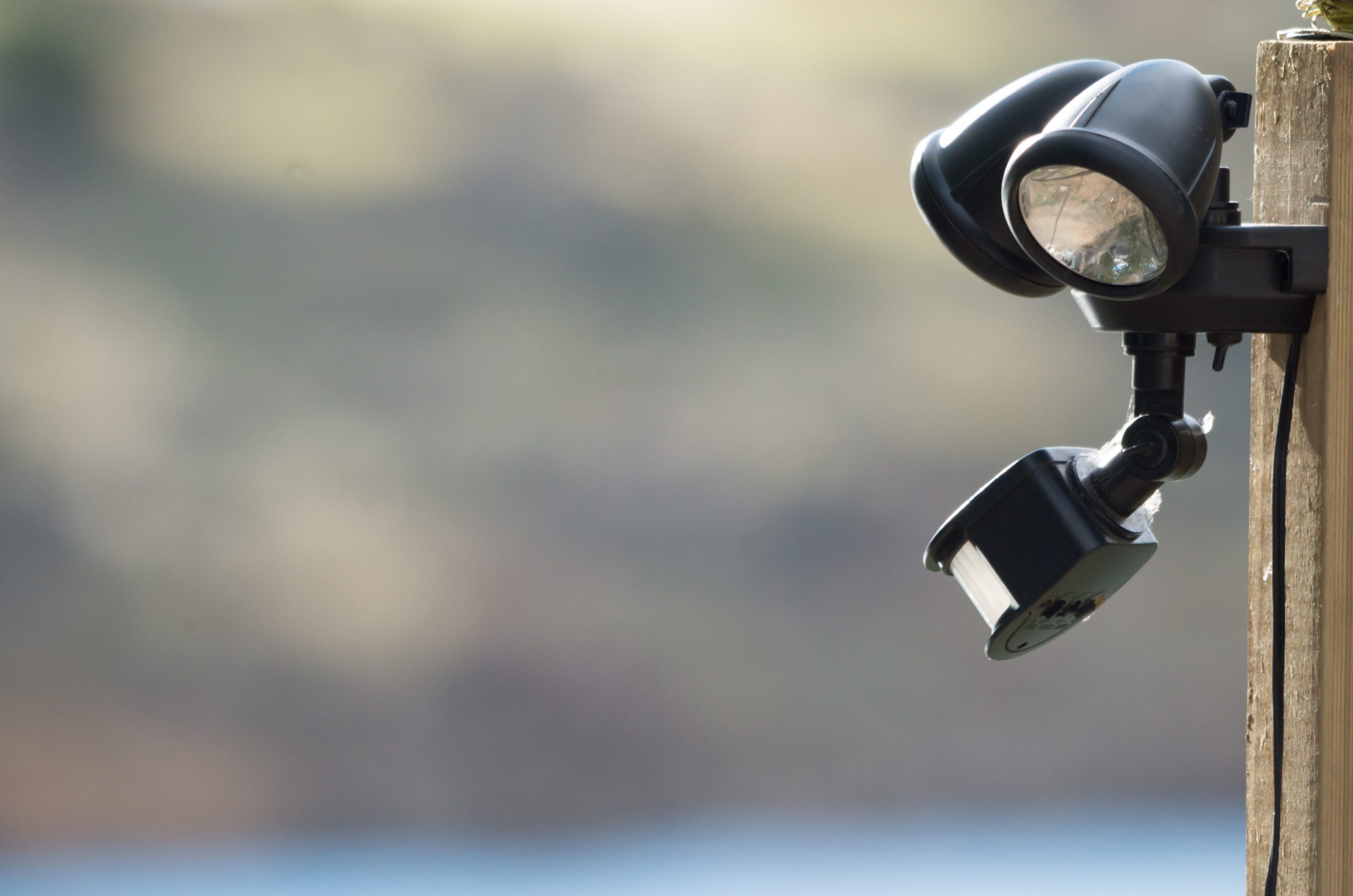Home>Home Security and Surveillance>How To Activate Motion Detector Flood Lights
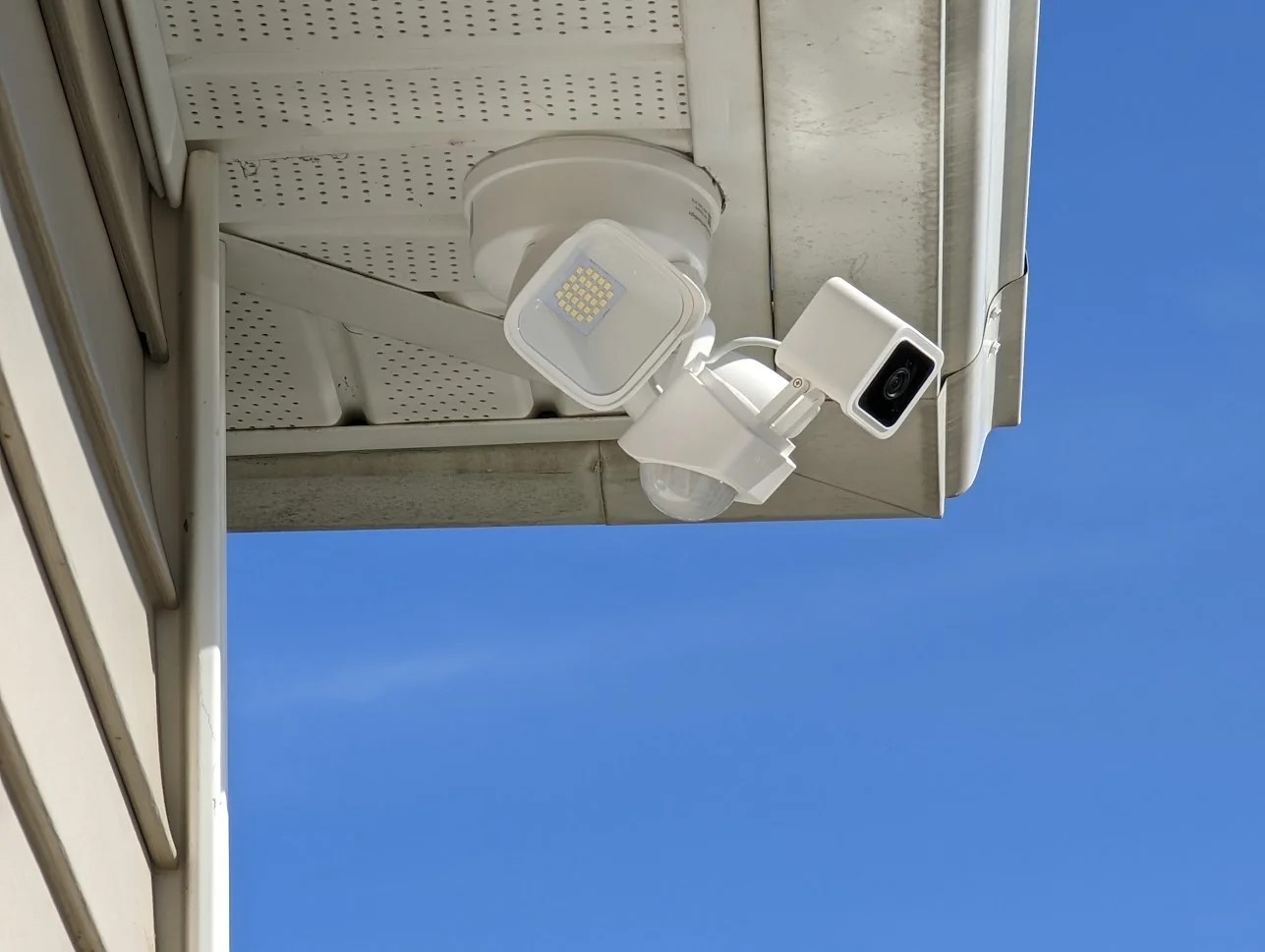

Home Security and Surveillance
How To Activate Motion Detector Flood Lights
Modified: March 6, 2024
Ensure your home security and surveillance with our step-by-step guide on how to activate motion detector flood lights. Protect your property and loved ones with ease.
(Many of the links in this article redirect to a specific reviewed product. Your purchase of these products through affiliate links helps to generate commission for Storables.com, at no extra cost. Learn more)
Introduction
Welcome to our guide on how to activate motion detector flood lights! In today’s world, home security is more important than ever, and installing motion detector flood lights is a practical way to enhance the safety and security of your property. These lights are not only a deterrent to potential intruders, but they also provide you with peace of mind knowing that your home is well-lit and protected.
But what exactly are motion detector flood lights? Simply put, they are outdoor lights equipped with motion sensors that detect movement within a specified range. When the sensor is triggered, the lights automatically turn on, illuminating the area and alerting you to any potential activity outside your home.
In this guide, we will walk you through the process of choosing the right motion detector flood lights for your needs, preparing for installation, wiring the lights, adjusting the sensor settings, and testing and troubleshooting them to ensure proper functionality. By the end of this guide, you will be equipped with all the knowledge you need to activate your motion detector flood lights and enjoy the added security and peace of mind they provide.
Before we dive into the details, it’s important to note that proper installation and activation of your motion detector flood lights require some electrical knowledge and skills. If you are not comfortable with electrical work or if you are unsure about any step in the process, it is highly recommended to consult a qualified electrician to ensure the job is done correctly and safely.
Now, without further ado, let’s get started on activating your motion detector flood lights and making your home a safer place to live!
Key Takeaways:
- Motion detector flood lights enhance home security by automatically illuminating the area when detecting movement, deterring potential intruders and providing peace of mind.
- Choosing, installing, and adjusting motion detector flood lights can be a practical and effective way to enhance the safety and security of your property.
Read more: How To Activate Motion Detector On A Light
Understanding Motion Detector Flood Lights
Before we delve into how to activate motion detector flood lights, let’s first gain a better understanding of how these lights work and their key features.
Motion detector flood lights consist of two main components: the floodlight itself and the motion sensor. The floodlight is typically a powerful, wide-angle light that illuminates a large area. The motion sensor, on the other hand, is responsible for detecting any movement within its range and triggering the floodlight to turn on.
The motion sensor technology used in these lights can vary, but the most common types are passive infrared (PIR) sensors and dual technology sensors. PIR sensors detect changes in infrared energy, such as the heat emitted by humans and animals, while dual technology sensors combine PIR technology with other sensing mechanisms, such as microwave or ultrasonic sensors, for increased accuracy and reliability.
When the motion sensor detects movement, it sends a signal to the floodlight, which then turns on, illuminating the surrounding area. The duration of the light’s activation can be adjusted and typically ranges from a few seconds to several minutes. Some motion detector flood lights also feature adjustable sensitivity so that you can customize how easily the sensor is triggered by movement.
One of the key advantages of motion detector flood lights is their ability to deter potential intruders. When an uninvited person approaches your property and is suddenly greeted by a flood of bright light, it creates a strong visual deterrent and increases the risk of their actions being exposed. This alone can significantly reduce the likelihood of your home becoming a target for burglars or trespassers.
In addition to security benefits, motion detector flood lights also offer convenience and energy efficiency. Instead of keeping your outdoor lights on all night long, which can be costly in terms of energy consumption, these lights only activate when motion is detected, saving you money on your electricity bill. Moreover, they provide enhanced visibility and safety when you or your family members are coming home late at night or navigating around your property in the dark.
Now that you have a good understanding of motion detector flood lights and their benefits, let’s move on to the next step: choosing the right lights for your specific needs.
Choosing the Right Motion Detector Flood Lights
When it comes to choosing motion detector flood lights for your home, there are a few key factors to consider. Taking these factors into account will help ensure that you select lights that best meet your specific requirements and provide optimal functionality.
1. Range and Detection Angle: The range and detection angle of the motion sensor are crucial aspects to consider. The range determines how far the sensor can detect movement, while the detection angle determines the sensor’s field of view. It’s important to choose lights with a range and angle that cover the desired area you want to monitor.
2. Brightness and Light Output: The brightness and light output of the floodlights play a significant role in their effectiveness. Look for lights with a high lumen output to ensure a bright and wide coverage area. Keep in mind that brighter lights may consume more energy.
3. Adjustability: Opt for motion detector flood lights that offer adjustability in terms of sensitivity, duration, and dusk-to-dawn settings. This allows you to customize the lights according to your specific preferences and needs.
4. Construction and Durability: Ensure that the lights are made with high-quality materials and are designed to withstand outdoor elements such as rain, snow, and extreme temperatures. Look for lights with an IP65 or higher rating for optimal durability and longevity.
5. Power Source: Consider the power source options available for the lights. Some models operate on batteries, while others require a direct electrical connection. Choose the option that is most convenient and feasible for your specific installation location.
6. Brand Reputation and Reviews: Research different brands and read reviews from other customers to get an idea of the reliability and performance of the motion detector flood lights you are considering. Opt for reputable brands with positive feedback to ensure you are investing in a quality product.
7. Budget: Determine your budget for purchasing motion detector flood lights and look for options that fit within that range. While it’s important to consider cost, remember that investing in quality lights is essential for long-term performance and durability.
By considering these factors, you can make an informed decision and choose motion detector flood lights that best suit your specific needs and preferences. Once you have chosen the right lights, it’s time to prepare for installation, which we will cover in our next section.
Preparing for Installation
Before you begin the installation process for your motion detector flood lights, it’s important to properly prepare to ensure a smooth and successful installation. Taking the time to prepare will help you avoid any potential problems or setbacks down the line. Here are the key steps to follow:
1. Read the Manual: Start by carefully reading the instruction manual provided with your motion detector flood lights. This will give you a clear understanding of the installation process and any specific requirements or precautions you need to be aware of.
2. Assess the Installation Location: Choose the ideal location for installing your lights. Consider the area you want to cover, the accessibility of the power source, and any potential obstructions that could affect the motion sensor’s performance.
3. Gather the Necessary Tools: Take inventory of the tools and equipment you will need for the installation. This may include a ladder, screwdriver, wire cutters/strippers, electrical tape, wire connectors, and a voltage tester. Having all the required tools on hand will help streamline the process.
4. Check the Power Supply: Ensure that the power supply to the installation location is turned off. This will prevent any accidents or electrical hazards during the installation process. Use a voltage tester to confirm that there is no electricity flowing to the wires.
5. Inspect the Wiring: If you are replacing an existing outdoor light fixture with the motion detector flood lights, inspect the wiring to ensure it is in good condition. Replace any damaged or frayed wires before proceeding with the installation.
6. Consider Additional Security Measures: Take this opportunity to assess other security measures you may want to implement, such as installing security cameras or reinforcing doors and windows. Planning ahead will help you create a comprehensive security system for your home.
7. Enlist Assistance if Needed: Installing motion detector flood lights may require some physical work and assistance, especially if you are working with a ladder or if the installation location is hard to reach. Don’t hesitate to ask a friend or family member to help you during the installation process.
By following these preparation steps, you will be well-equipped to begin the installation of your motion detector flood lights. Stay tuned for the next section, where we will cover the wiring process in detail.
Make sure the power is off before installing the motion detector flood lights. Follow the manufacturer’s instructions for proper installation and adjust the settings to your preference.
Wiring the Motion Detector Flood Lights
Now that you have properly prepared for the installation of your motion detector flood lights, it’s time to move on to the wiring process. Follow these step-by-step instructions to ensure a safe and successful wiring installation:
1. Turn Off the Power: Before you start any electrical work, turn off the power supply to the installation location at the circuit breaker. This step is crucial to prevent any electrical shocks or accidents during the wiring process.
2. Remove the Existing Fixture: If you have an existing outdoor light fixture in place, remove it carefully using a screwdriver. Disconnect the wiring connections and remove the fixture from the mounting bracket. Make sure to set aside any screws or small parts for later use.
3. Mount the Motion Detector Flood Lights: Attach the mounting bracket provided with your lights to the desired location. Use screws and anchors appropriate for the mounting surface, such as a wall or eave. Ensure that the bracket is securely fastened, as it will support the weight of the flood lights.
4. Connect the Wiring: Begin by connecting the wires from the motion detector flood lights to the corresponding wires in the junction box. Match the black wire (hot/live) from the lights to the black wire in the junction box and connect them using wire connectors. Repeat this process for the white wires (neutral) and the green or bare wires (ground).
5. Secure the Wiring: After connecting the wires, carefully tuck them into the junction box to ensure a neat and secure installation. Use wire connectors or electrical tape to secure the wire connections and prevent any loose or exposed wiring.
6. Test the Wiring: Before proceeding with the final installation, it’s important to test the wiring to confirm that everything is connected correctly. Turn the power back on at the circuit breaker and use a voltage tester to verify that there is an electrical current running through the wires.
7. Fix the Cover: Once you have confirmed that the wiring is functioning properly, fix the cover plate or shield over the motion detector flood lights. Follow the specific instructions provided with your lights to ensure a secure and stable attachment.
8. Adjust the Flood Light Angle: Lastly, adjust the angle of the flood lights to ensure they are positioned correctly for optimal coverage. This may involve tilting or rotating the lights manually or adjusting any swivel mechanisms provided with the lights. Test the lights by triggering the motion sensor or using the manual override function.
Remember, if you are not confident in your wiring abilities or if you encounter any difficulties during the process, it is always best to seek the assistance of a qualified electrician to ensure a safe and accurate installation.
With the motion detector flood lights properly wired and in place, it’s time to move on to the next step: adjusting the sensor settings for optimal performance, which we will cover in our next section.
Read more: How To Install Motion Detector Flood Lights
Adjusting the Sensor Settings
After successfully wiring your motion detector flood lights, it’s important to fine-tune the sensor settings to ensure optimal performance. Adjusting these settings will help customize the lights to your specific needs and prevent any false activations or missed detections. Follow these steps to adjust the sensor settings:
1. Sensitivity: Most motion sensor flood lights have a sensitivity adjustment feature. This allows you to control how easily the sensor is triggered by movement. If you find that the lights are turning on too frequently, reducing the sensitivity can help minimize false alarms. On the other hand, if the sensor is not detecting desired movement, increasing the sensitivity can improve its effectiveness.
2. Range: Depending on the model, you may have the option to adjust the range of the motion sensor. This determines how far the sensor detects movement. If you only want to monitor a specific area, reducing the range can help eliminate unnecessary activations. Conversely, if you need broader coverage, extending the range will ensure that the sensor detects movement from a greater distance.
3. Duration: The duration setting determines how long the flood lights stay on once triggered by motion. This can range from a few seconds to several minutes. Consider the purpose of the lights and choose a duration that suits your needs. Keep in mind that setting the duration too short may result in premature light deactivation, while setting it too long may contribute to excessive energy consumption.
4. Dusk-to-Dawn Setting: Some motion detector flood lights have a dusk-to-dawn feature, allowing the lights to automatically turn on at dusk and off at dawn, regardless of motion detection. If this feature is available, decide whether you want the lights to operate exclusively based on motion or if you prefer a set schedule for illumination.
5. Manual Override: Many motion detector flood lights offer a manual override option, which allows you to bypass the motion sensor temporarily and keep the lights on continuously. This can be useful in situations where you need constant illumination, such as during outdoor events or when working outside at night.
When adjusting the sensor settings, it’s important to read the instruction manual provided with your lights. Manufacturers often provide specific guidelines and programming instructions for each model. Take the time to understand the different settings and experiment with them to find the configuration that works best for your specific needs.
Keep in mind that factors such as environmental conditions and the specific installation location can affect the performance of the motion sensor. It may be necessary to make further adjustments after testing the lights in real-world scenarios. Regularly monitoring and fine-tuning the settings will help maintain optimal functionality.
Now that your motion detector flood lights are properly adjusted, it’s time to put them to the test and ensure they are functioning as intended. The next section will cover the testing and troubleshooting process.
Testing and Troubleshooting
After installing and adjusting the settings of your motion detector flood lights, it’s important to conduct thorough testing to ensure that everything is functioning correctly. Testing allows you to identify any potential issues or areas that may require troubleshooting. Follow these steps to test and troubleshoot your motion detector flood lights:
1. Activate the Motion Sensor: Walk within the detection range of the motion sensor to trigger the lights. Observe whether the lights turn on promptly and stay on for the desired duration. Repeat this test from different angles and distances to ensure that the sensor is accurately detecting movement.
2. Check for False Activations: Keep an eye out for any instances where the lights turn on when there is no apparent movement. This could indicate issues with sensitivity settings or possible sources of false triggers, such as nearby trees or other objects that may cause motion in the sensor’s field of view. Adjust the sensitivity or modify the surrounding environment if necessary.
3. Verify Dusk-to-Dawn Operation: If your motion detector flood lights have a dusk-to-dawn feature, confirm that the lights automatically turn on at dusk and off at dawn. This ensures that the lights provide continuous illumination during nighttime hours, regardless of motion detection.
4. Test Manual Override: Activate the manual override feature to verify that the lights can be kept on continuously, bypassing the motion sensor. Ensure that the override function activates and deactivates as intended.
5. Inspect the Light Coverage: Assess the area illuminated by the flood lights to ensure that it matches your desired coverage. Make adjustments to the light angle or position as needed to optimize the lighting range and eliminate any dark spots.
If you encounter any issues or problems during testing, here are a few troubleshooting tips:
No Lights Turn On: Double-check the wiring connections to ensure they are properly connected. Verify that power is reaching the lights by using a voltage tester. If the lights still do not turn on, consult the instruction manual or contact the manufacturer for further assistance.
Lights Stay On Continuously: If the lights do not turn off after the specified duration, check the duration setting to ensure it was correctly adjusted. If the issue persists, there may be a problem with the sensor or the settings. Reset the lights to their default settings and reconfigure the sensor settings following the instructions provided.
Inconsistent Sensor Performance: If the motion sensor does not consistently detect movement or if it frequently misses detections, adjust the sensitivity and range settings. Also, check for any physical obstructions that may be blocking the sensor’s view or interfering with its performance.
It is important to note that troubleshooting electrical issues can be complex and potentially dangerous. If you are uncertain or uncomfortable with troubleshooting electrical problems, it is recommended to consult a qualified electrician for assistance.
By thoroughly testing and addressing any potential issues, you can ensure that your motion detector flood lights are operating at their best. These lights will provide you with increased security and peace of mind knowing that your home is well-protected, illuminated, and responsive to any potential threats.
Now that you have successfully tested and troubleshooted your motion detector flood lights, it’s time to conclude our guide.
Conclusion
Congratulations on successfully activating your motion detector flood lights! By following the steps provided in this guide, you now have a comprehensive understanding of how these lights work and the necessary steps to choose, install, and adjust them for optimal performance.
Motion detector flood lights offer a practical and effective way to enhance the security and safety of your home. They provide a strong visual deterrent, illuminating any potential activity around your property and alerting you to the presence of intruders or trespassers. Additionally, these lights offer convenience, energy efficiency, and peace of mind, knowing that your property is well-lit and protected.
Remember, safety should always be a top priority when working with electrical components. If you have any doubts or concerns about the installation process, it’s always best to consult a qualified electrician for assistance. They can ensure that the wiring is done correctly and safely.
Regular maintenance and testing of your motion detector flood lights are crucial to ensure their continued effectiveness. Monitor their performance, adjust settings as needed, and address any issues that may arise promptly. This will guarantee a reliable and efficient system that enhances your home security for years to come.
With your motion detector flood lights activated, you can enjoy the peace of mind of knowing that your home is protected. Whether you are at home or away, these lights will be your vigilant sentinels, deterring potential intruders and providing a sense of security for you and your loved ones.
Thank you for joining us on this journey to activate your motion detector flood lights. Stay safe, stay secure, and enjoy the enhanced protection and peace of mind that these lights bring to your home.
Frequently Asked Questions about How To Activate Motion Detector Flood Lights
Was this page helpful?
At Storables.com, we guarantee accurate and reliable information. Our content, validated by Expert Board Contributors, is crafted following stringent Editorial Policies. We're committed to providing you with well-researched, expert-backed insights for all your informational needs.
